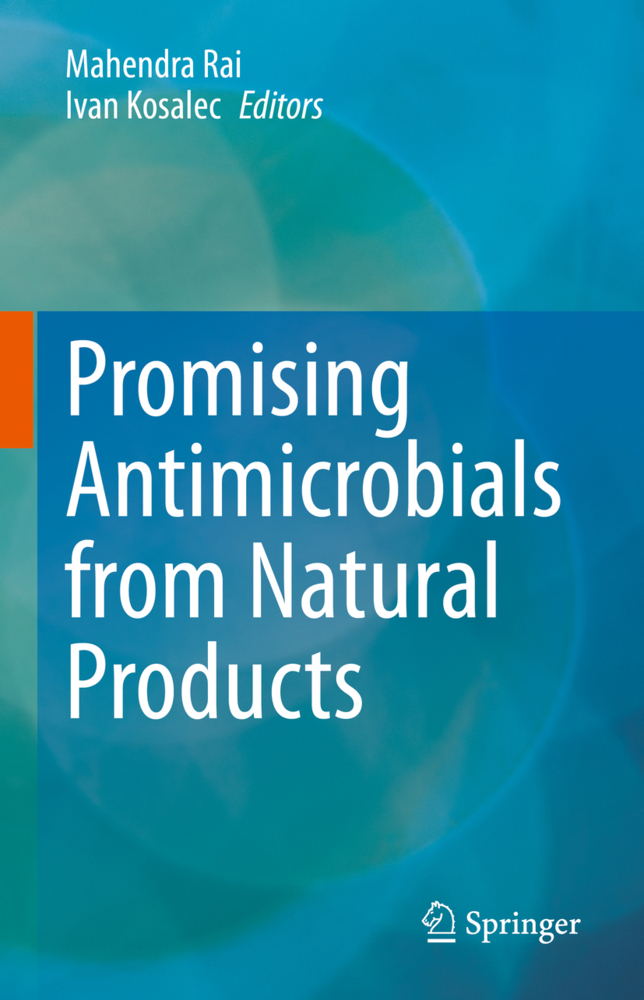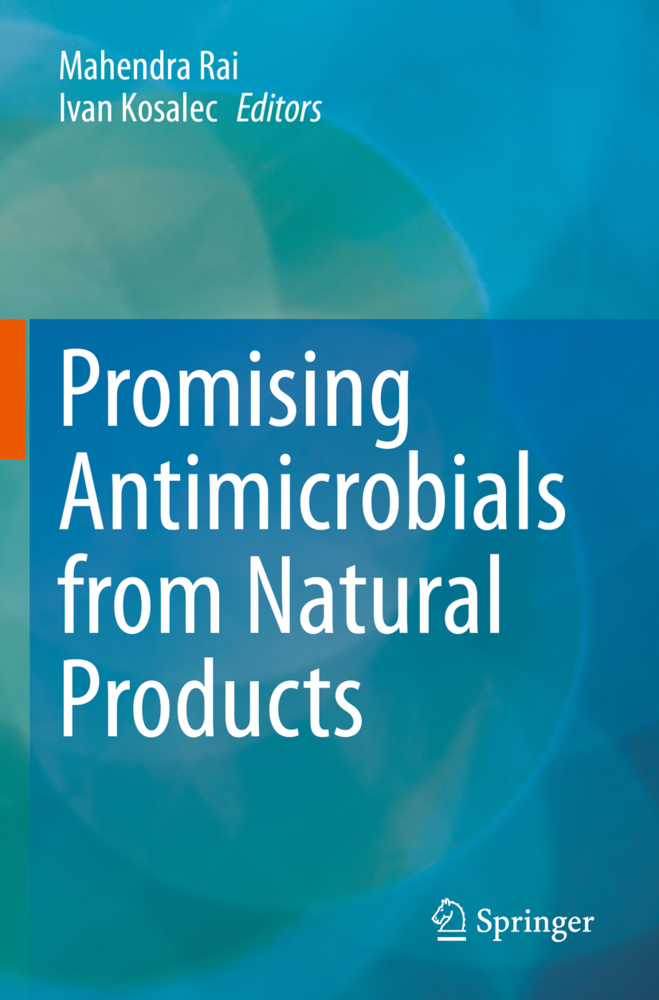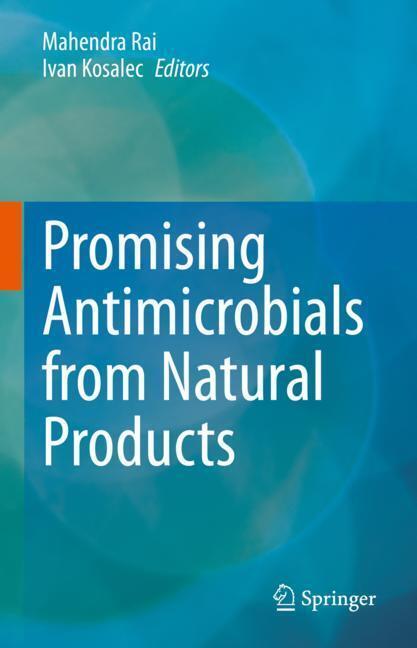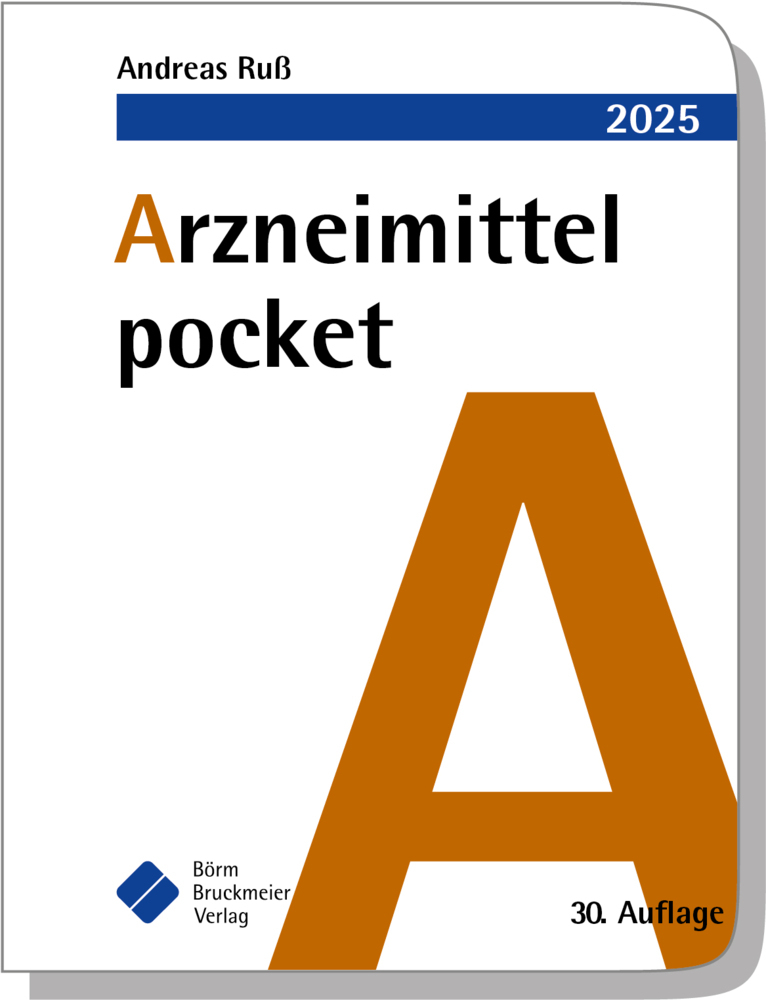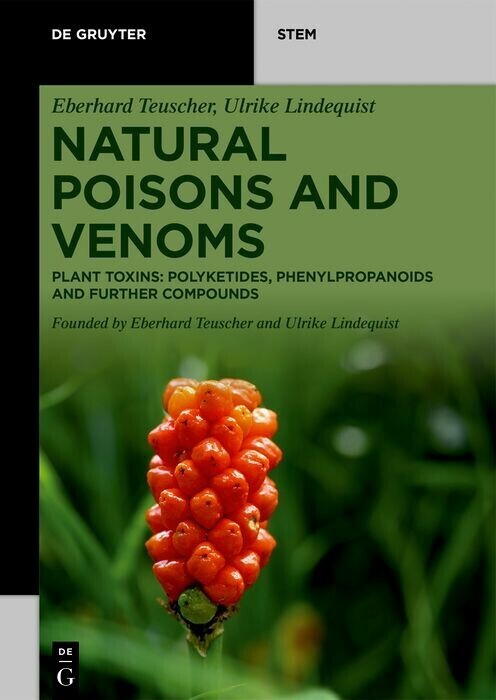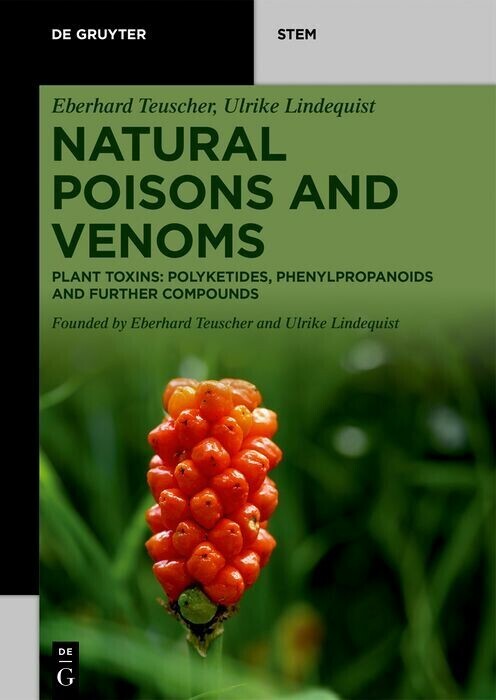Promising Antimicrobials from Natural Products
Promising Antimicrobials from Natural Products
Given novel infectious diseases such as COVID-19 and antibiotic resistance new antimicrobial discovery is an important research area. Considering that nature is a vast source of bioactive molecules with antimicrobial activity, the main aim of this book is to present a comprehensive outlook of current research in the field of natural antimicrobials. It discusses the antimicrobial activity of medicinal plants, beehives, and mushrooms with a global coverage of antimicrobial agents from rich forests of Brazil (Amazon), North-Eastern forests of Peru, Argentina, Colombia, India, Bangladesh, Nepal, Middle East, Turkey, Croatia, Greece, Germany and Russia.
The book covers the results of the in vitro screening of antimicrobial activities of extracts and isolated compounds from natural origins. It is divided into three sections: i) Section I, includes natural antimicrobials from plants; ii) Section II incorporates antimicrobial agents/secondary metabolites from plants, and(iii) Section III focuses on antimicrobials from mushrooms, beehive and delivery systems for different types of antimicrobials.
Promising Antimicrobials From Natural Products is immensely useful for post graduate students, researchers in plant science, microbiology, biotechnology, pharmacology, pharma companies and those who are interested in herbal, eco-friendly, cost-effective and sustainable antimicrobials
Section I: General, Identity and Taxonomy.- The genus Phoma: What we know and what we need to know?.- Taxonomical evaluation of Phoma- history of classification, current status and future directions.- Section II: Diversity, Diseases and Host Range.- Phoma on medicinal and aromatic plants.- Diseases of fruits, tubers, and seeds caused by Phoma sensu lato species complex.- Overview of Phoma-like fungi on important legumes (Papilionaceous plants).- Diseases of vegetables caused by Phoma spp.- Phoma diseases: identification, epidemiology and strategies for management.- Major plant diseases caused by Phoma sensu lato species and their integrated management strategies.- Phoma as an infectious pathogen in medical practice.- Section III: Secondary metabolites and Bioactivities.- Fruitful decade of Phoma secondary metabolites from 2011 to 2020: Chemistry, chemical diversity and biological activities.- Bioactive secondary metabolites from endophytic Phoma spp.- The genus Phoma: a review of its potential bioactivities, implications and prospects.- Bioherbicidal activity of Phoma macrostoma.- New technologies for the formulation of secondary metabolites produced by Phoma sp. for biological control of weeds.- Biological management of plant diseases by non-pathogenic Phoma spp.- Plant growth promoting Phoma spp.- Section IV:Nanotechnology and Fossil records of Phoma.- Potential role of Phoma spp. for mycogenic synthesis of Silver nanoparticles.- In situ occurrence of Phomites Fritel in the phyllosphere of ancient Siwalik forests of eastern Himalaya during the Mio-Pleistocene.
| ISBN | 978-3-030-83503-3 |
|---|---|
| Artikelnummer | 9783030835033 |
| Medientyp | Buch |
| Copyrightjahr | 2022 |
| Verlag | Springer, Berlin |
| Umfang | XIII, 451 Seiten |
| Abbildungen | XIII, 451 p. 94 illus., 28 illus. in color. |
| Sprache | Englisch |

